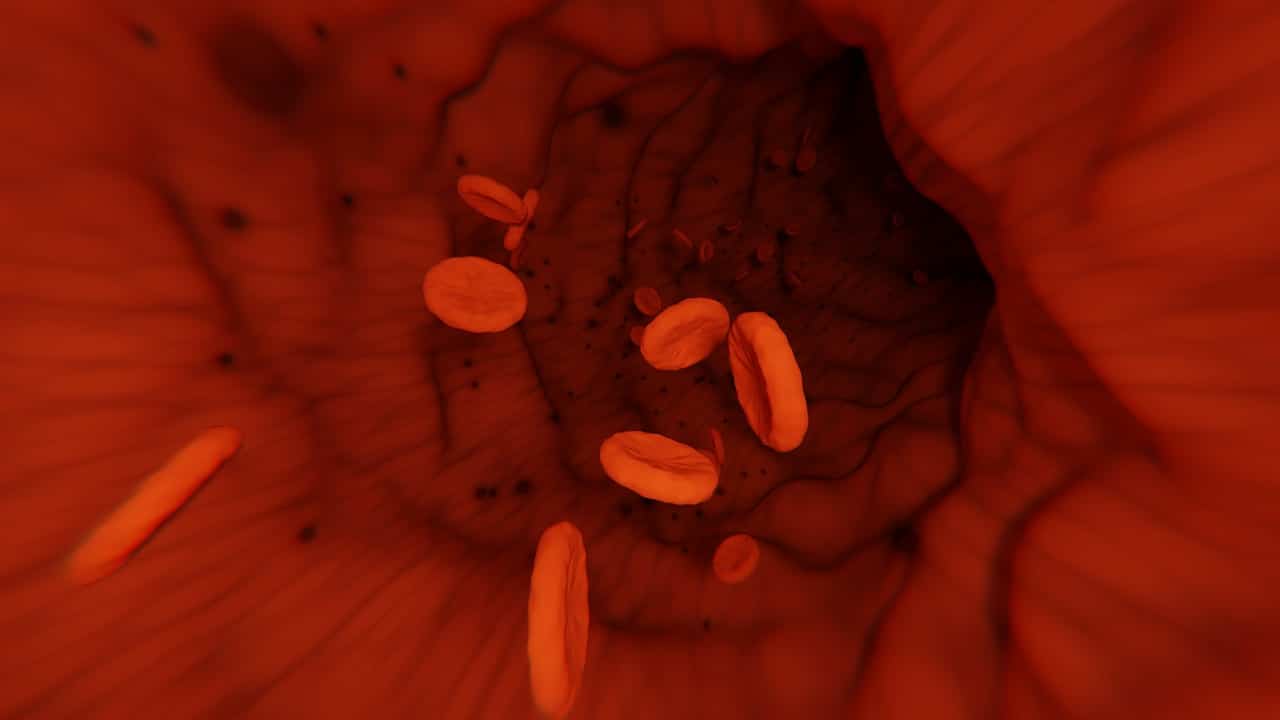
Platelets They are one of the main components for the proper functioning of the blood and our body. They are present in the blood and their function is to repair all damaged parts that are produced within the body, in order to stop bleeding.
Blood is a liquid and fundamental tissue for our body. It circulates within our blood vessels and carries a large number of substances, the most important of which are red blood cells, white blood cells, and platelets.
What are platelets?
Platelets too they are called thrombocytes. They are cells that are found in the blood and as their main function they are responsible for blood clotting. Platelets originate from megakaryocytes, a giant cell that breaks down and gives life to hundreds of platelets. Megakaryocytes are created in the bone marrow and cause platelets to pass into the bloodstream.
Platelets have no nucleus, so they will not be able to reproduce, and hence its life span is between 9 to 10 days within the body. Platelets when they age or become damaged will be eliminated by the blood circulation through the spleen.
Platelet functions
A person's blood has an approximate composition of a 45% red blood cells and 1% white blood cells. The percentage of platelets is still lower than the percentages described and still they take part of a great responsibility.
Platelets help protect us from all bleeding cuts or any type of bleeding. They have the function of plug the injured part of those blood vessels to be able stop the outflow of blood. They even help coagulation to occur so that plugging occurs and the reinforcement is very effective.

A red blood cell, a soft blood cell and in green a platelet. Photo taken from Wikipedia
Associated problems
For a problem with platelets to be associated, it will have to be associated with reduction in their number or excessive increase. Their number will be between 120.000-140.000 and not exceeding 400.000-440.000 platelets per microliter. When there is an imbalance in these figures repeatedly, an investigation must be carried out to discover its cause.
An increase in platelets
The abnormal increase in their number can lead to essential thrombocythemia. The bone marrow manufactures a large number of platelets without having encountered any type of disorder. How response will be observed excessive bleeding and therefore coagulation will not occur. In this case, it is usually prescribed a medicine to lower the number of platelets.
Reactive thrombocytosis is another disorder produced in this case for another type of disorder. The bone marrow produces a large number of platelets produced due to some type of infection or alteration, such as rheumatoid arthritis, iron deficiency, some intestinal disease or cancer. Its symptoms do not usually cause excessive clotting or excessive bleeding. It also does not carry any type of treatment, but it does treat the underlying disease.
A decrease in platelets
There can be many causes of low platelets. It is called thrombocytopenia and its symptoms can also be the non-normal coagulation of a wound, although in most cases there is usually no alteration.
General symptoms of a disorder
The skin can give us evidence of some type of alteration in the number of platelets. Hemorrhages are the warning of these symptoms where they can manifest themselves in a excessive bleeding from the gums, stool, and urine. Women can have great losses in their menstruation and profuse nosebleeds can also appear.
Red spots appear on the lower legs, even a small bump, injury or puncture can cause blue-black bruises (ecchymosis or purpura). The lower the number of platelets, the greater the symptoms that can occur.
In order to diagnose the best prognosis, it is necessary to go to the family doctor so you can do a blood test (complete blood count) and see if there is an alteration in the number of platelets.
